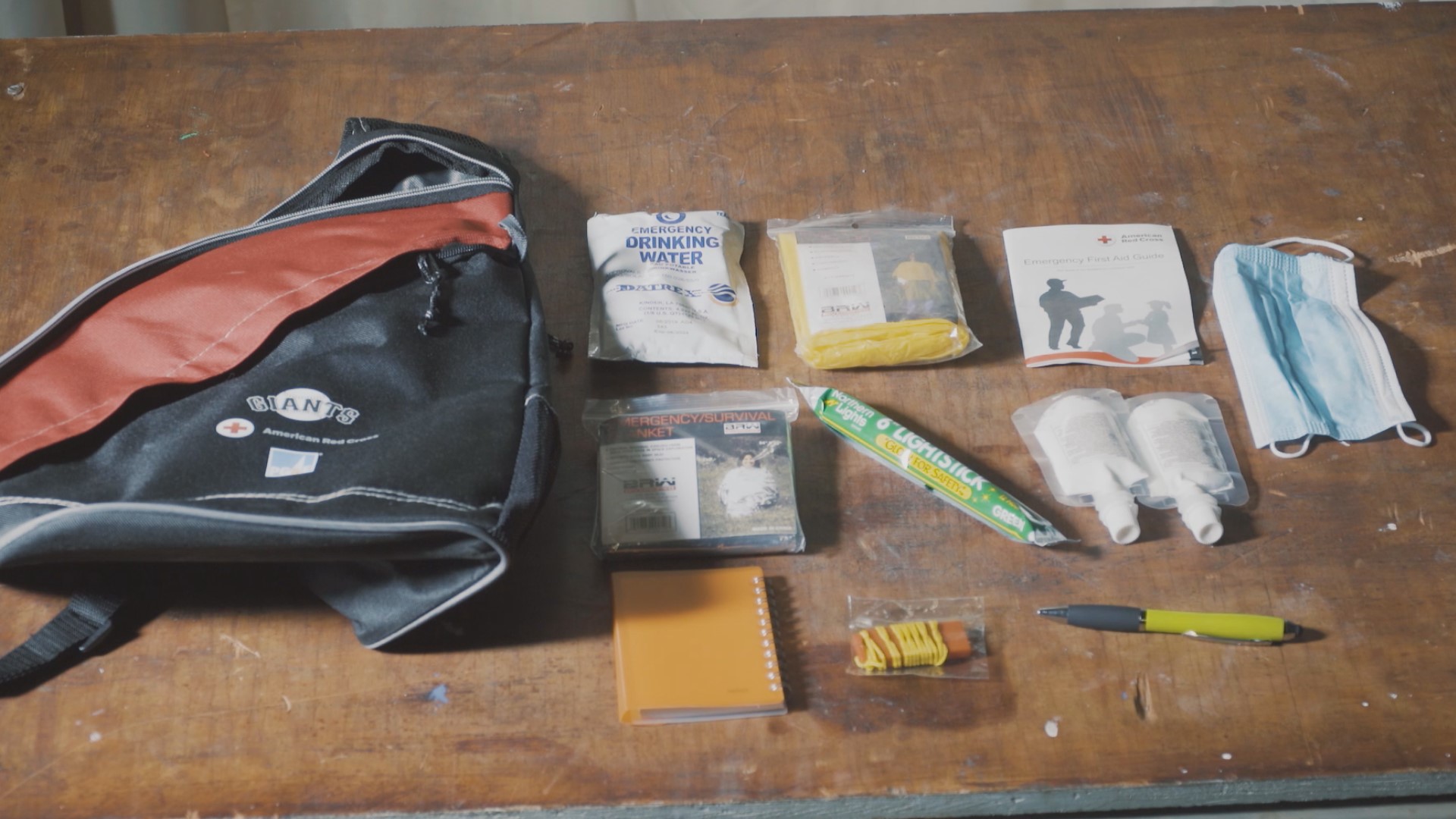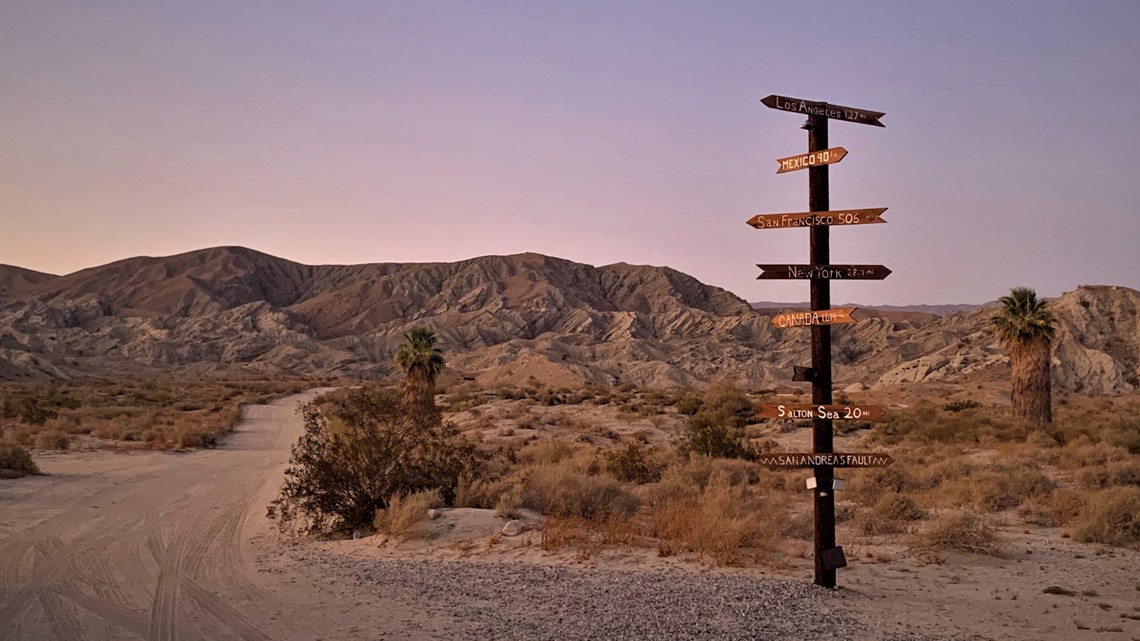SACRAMENTO, California — In July 2019, people around the town of Ridgecrest, Calif., experienced magnitude 6.4 and 7.1 earthquakes, back-to-back.
“We went a long time without having an earthquake in California, one that was measurable. Now we’ve had one,” Bryan May, California Office of Emergency Services, said. “The good news is that it’s awakened everyone’s senses again. These things happen. We live in earthquake country.”
Here are items California's Office of Emergency Services recommends to have in an emergency kit to put in a waterproof backpack:
- Bottled water
- Protein bars
- Canned food
- Canned opener
- Emergency ration food with long shelf date
- Jar of sanitation wipes
- Flashlights and batteries
- Medicine
- First aid kits for humans and pets
- Glow sticks for light
- Toilet paper
- Cash
FEMA encourages everyone to have two emergency supply kits, one to put at home and smaller, portable kits at work, in your car, and in other places you spend a lot of time.
Make sure your pantry is stocked with shelf-stable foods, like canned goods and dry ingredients like dried milk, pasta, and beans. A way to plan is to have at least 3,000 calories for each adult. Don’t forget food for your pets, too.
Communication will be tough, so have a plan with family and friends.
- Know where to meet, who will pick up the kids, and how to get a hold of one another.
- Designate an out-of-state family member to check in and act as a clearinghouse for information.
This is all to survive 72 hours after an earthquake, however, many need to be prepared for more than just three days.
FEMA has an app that breaks down everything from alerts, preparation, and disaster resources. On the app, you can add up to five locations of where to receive emergency alerts, get a list of shelters in your area, and a checklist of recommended items to put in your emergency supply kit.
Another way to be prepared is to be insured.
Most insurance policies, including homeowners, mobile home, condominium, and renters, do not cover earthquake damage. Flood insurance, which can be purchased through the National Flood Insurance Program or some private insurers, will typically cover damage caused by a tsunami.
Without earthquake insurance, you will not be covered for earthquake damage or any additional expenses needed to live elsewhere while your home is being repaired or rebuilt.
When purchasing insurance, make sure to read the fine print, too. Some insurance policies don’t cover earthquake damage that is purchased after an earthquake. In California, you can purchase earthquake insurance through the California Earthquake Authority. GeoVera offers earthquake insurance in California, Oregon, and Washington.
WATCH MORE:


